LAST UPDATED: 2/5/24 – Make Sure You are Always Prepared When Traveling
This post contains references to products on our Amazon Store site. We may receive compensation when you purchase these products, though we hand-pick and recommend only the products that we are familiar with and enjoy.
Chances are, we have all been in a situation while traveling where we have felt like we really weren’t as prepared as we needed to be. Whether we were dealing with something as trivial as being stuck out in the rain without an umbrella or something as serious as losing our passport. Few things can ruin a trip quicker than being unprepared. Trust me, I have learned this lesson repeatedly throughout my time traveling this world.
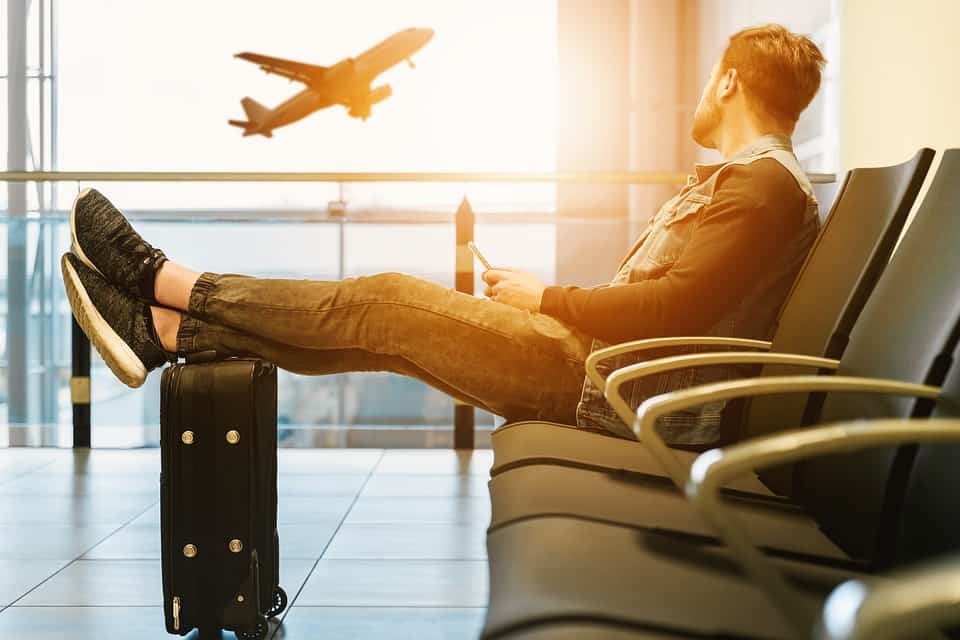
In this article, I am going to give you fifteen tips that will help you be more prepared when traveling. These tips range from avoiding simple inconveniences to being prepared for trip-altering situations. Hopefully, if you use these tips you will never find yourself in a situation when traveling where you feel like you are completely unprepared. If you have any additional tips that you use to help prepare yourself for travel, I would love to hear them in the comments section below. I am sure most other travelers would love the insight as well.
Make Copies of Your Travel Documents
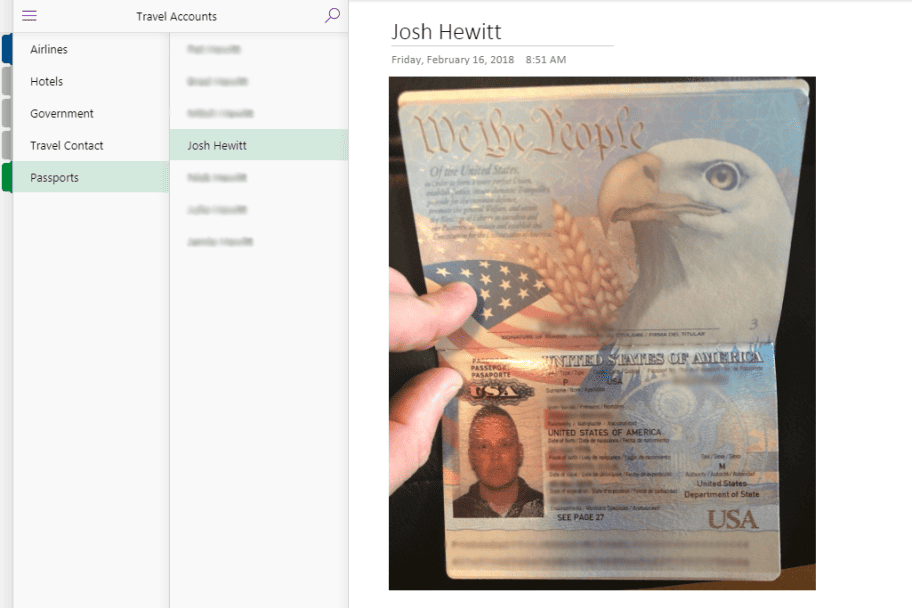
A great way to prepare for any trip, whether it is domestic or international, is to make copies of all of your travel documents. This way you will have some reference to your documents should something happen to them when you are traveling. Two tools that I use to back up my travel documents are OneNote and the Kayak app.
For all of my travel documents, such as passports, immunization records, and so forth, I take pictures of the documents and put references to them in a password-protected notebook within OneNote. Should something happen to my passport, immunization records, or other important travel documents, I have a copy to reference. The copy won’t help me get into a country, but it will expedite resolving any situation.
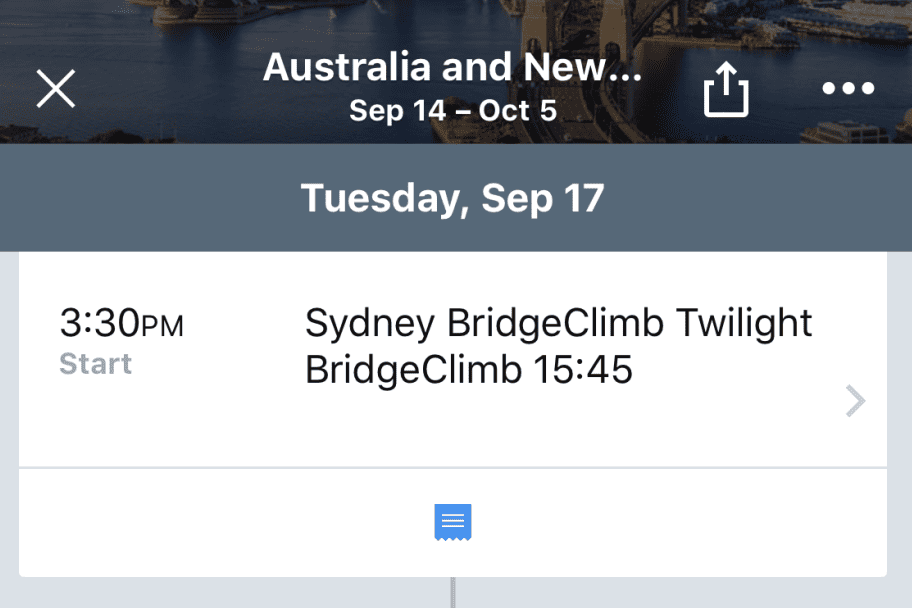
When it comes to my travel reservations such as flights, hotel or hostel bookings, and tour reservations, I store all of those in the Kayak app. If you aren’t familiar with the Kayak app, it allows you to forward any reservation confirmation emails to trips@kayak.com and it automatically organizes your itinerary (with all applicable reservations) in the app for future reference. That way I don’t need to worry about misplacing a confirmation email for a hotel or excursion.
Always Carry Spare Cash with You
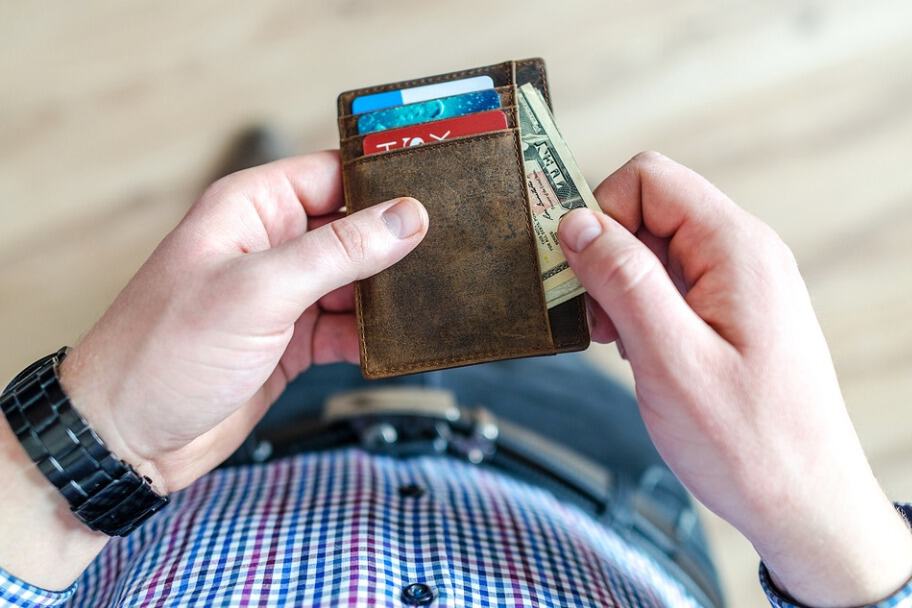
When you are traveling, it is always a good idea to carry extra cash with you. That way, should you get into a bind you will have some emergency cash to fall back on. When I am traveling, I will usually keep some cash in my hotel safe or in a spot where I won’t lose it. If you are going to carry some emergency cash on you, then you might want to think about investing in a money belt. They are a great way to hide away some cash from you in case of an emergency situation.
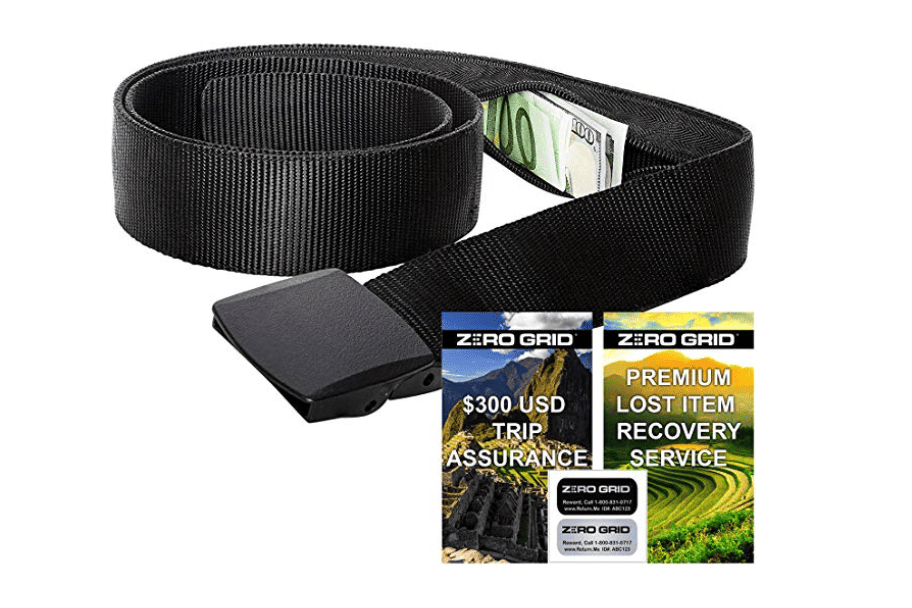
Anti-Theft Travel Belt TSA Approved
Bring a Backup Credit Card
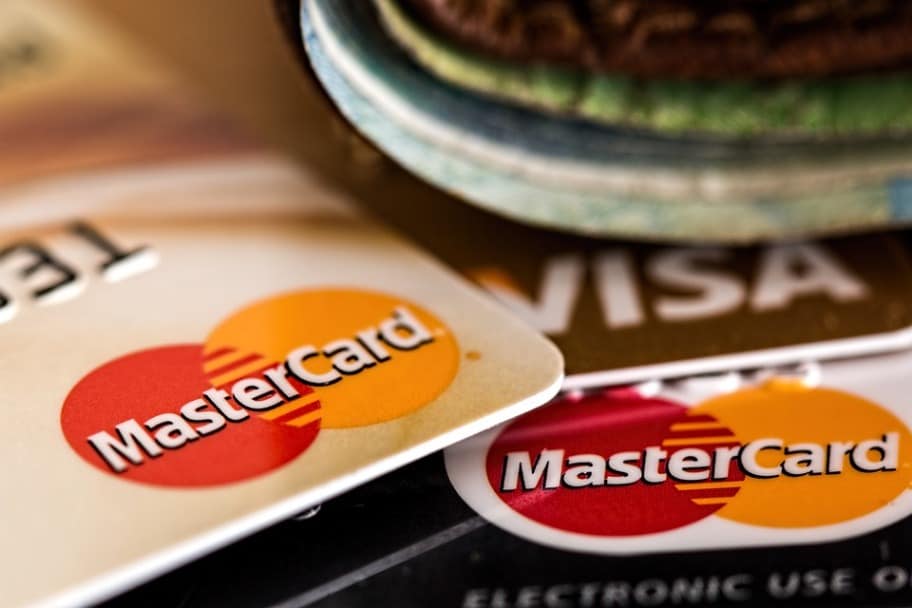
In addition to carrying some spare cash for emergencies, it is also a good idea to travel with an extra credit card that you can use for bigger purchases in case of an emergency. Not only will this save you a world of headaches should your wallet or purse get lost or stolen, but you might even run into a situation where your first choice of credit card isn’t accepted at an establishment.
For instance, I always try to use my Delta American Express Reserve card as much as possible. Not only does it offer no foreign transaction fees, but the frequent flier miles I accrue with it allow me to fly for free at least a few times a year. However, not all establishments accept American Express cards. For this reason, I never travel without my Capital One Venture Card either.
Always Purchase Travel Insurance
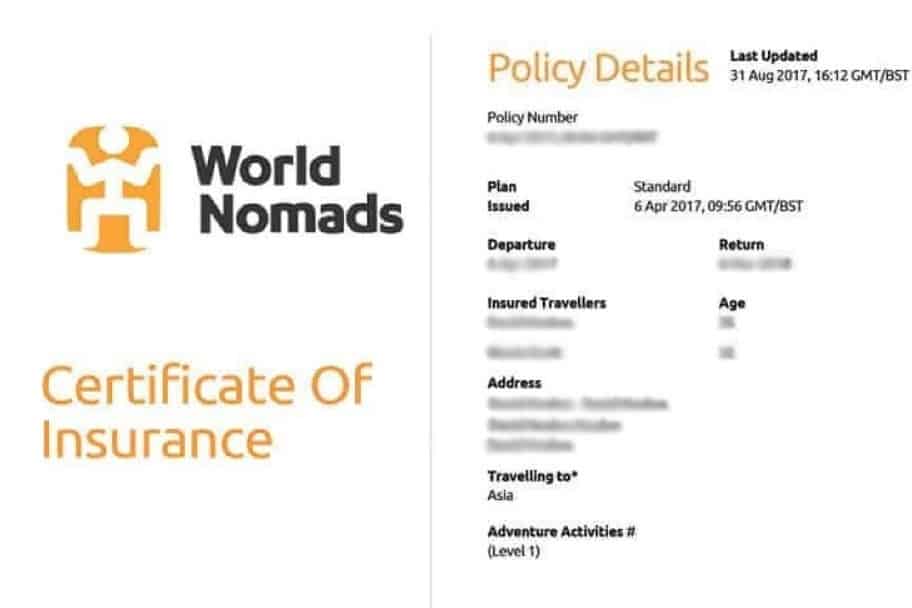
One of the most important things that you can do to be prepared when traveling is to purchase travel insurance. It may seem like an unneeded expense when you don’t need it, but when you do run into a situation when you are traveling where it is needed then travel insurance can be a lifesaver. A good travel insurance policy can protect you in the event of a medical or dental emergency, the need for emergency evacuation, or changing or canceled travel plans, and will even cover you in the event your belongings get lost or stolen.
One of the best providers of travel insurance is World Nomads. They offer two tiers of coverage for travelers. Their standard plan gives you basic coverage for your trip while their Explorer package gives you more in-depth coverage. I have included a summary of the benefits of their plans in the table below.
| Category | Standard Plan | Explorer Plan |
|---|---|---|
| Trip Protection | $2,500 | $10,000 |
| Emergency Medical | $100,000 | $100,000 |
| Evacuation and Repatriation | $300,000 | $500,000 |
| Protect your gear | $1,000 | $3,000 |
Enroll in the Smart Traveler Enrollment Program
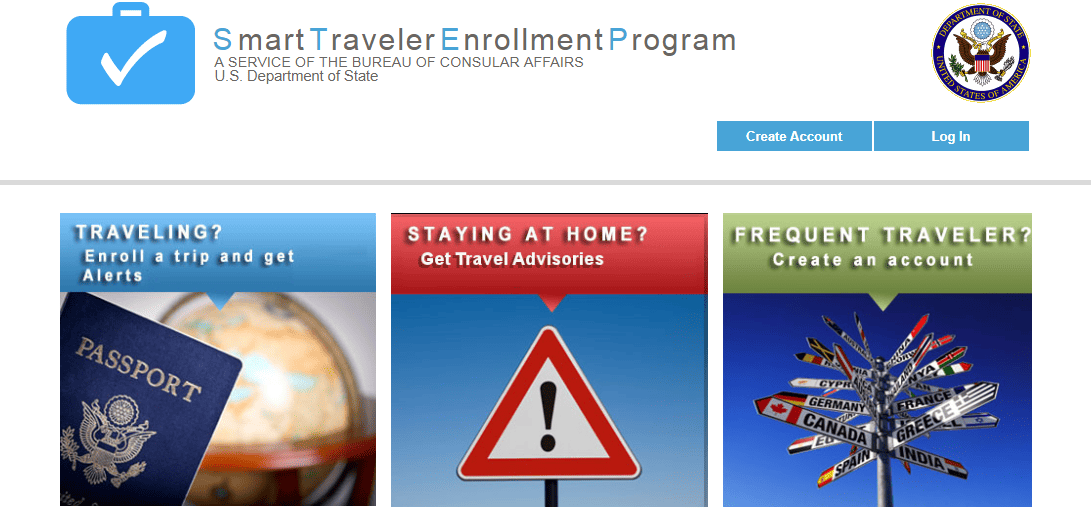
In addition to purchasing travel insurance for your trip, another thing that you can do to prepare for an emergency while traveling overseas is to enroll in the US Government’s Smart Traveller Enrollment Program (STEP), or your country’s equivalent. By enrolling in this program and letting the government know when and where you are traveling, the US embassies at your destination are informed of your travel plans. This allows them to provide you with the following benefits:
- They can keep you up-to-date with important information about the areas where you will be traveling.
- They know where and how to contact you in the event they need to evacuate you because of a natural disaster, civil unrest, or other emergency situation.
- They can assist family members in getting in contact with you in the event of a family emergency.
Enroll in the Smart Traveler Enrollment Program
Carry Emergency Contact Numbers with You
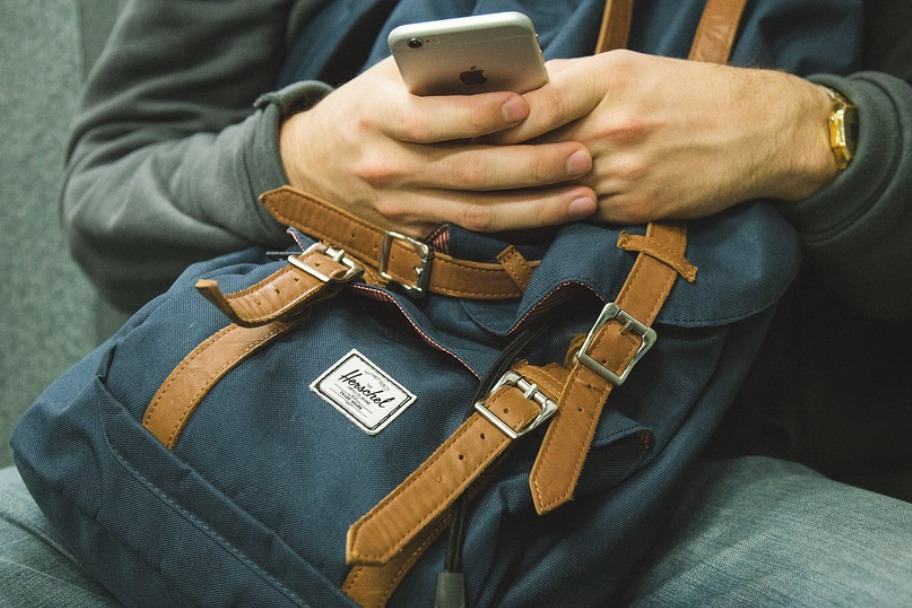
If you do run into an emergency while you are traveling, you are going to want to make sure that you have all of your emergency contact numbers handy. I would strongly suggest that you keep a record of the phone numbers for the following contacts somewhere safe while you travel:
- Your Passport Information
- Your emergency contact (family member or friend)
- Consular Contact Information
- Your Medical Insurance Information
- Your Dental Insurance Information
- Your Travel Insurance Information
- Your Bank Contact Information

When I travel, I make sure I have my insurance cards in my wallet. To be prepared in case I lose my wallet, I also record all of my contact and insurance information on a contact card that I keep apart from my wallet when I travel. If you are interested in creating an emergency contact card that you can use when you travel, I have a printable template that you can download and print (see example above).
Download and Print Emergency Contact Card Template
Know What to Do if You Lose Your Passport
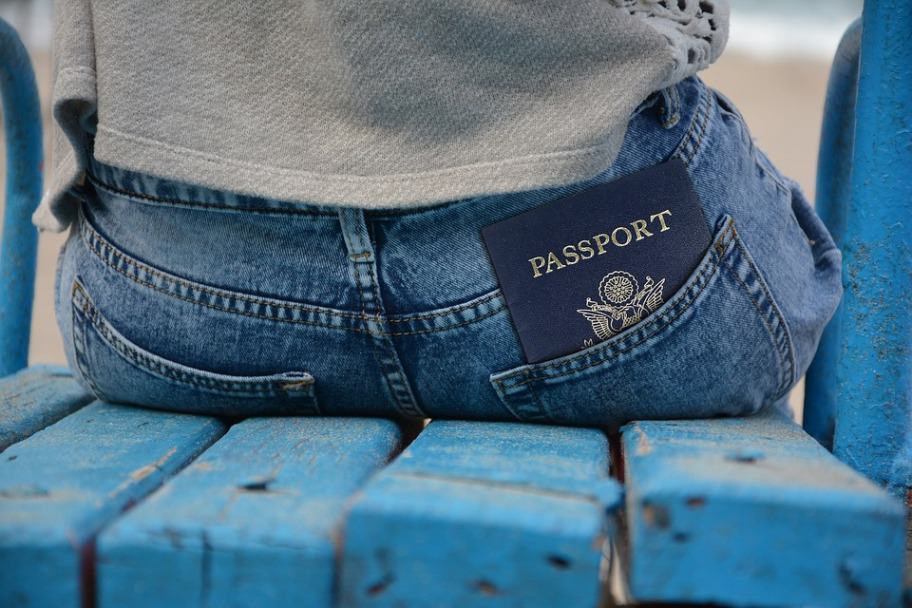
Should you find yourself in the unfortunate situation of having lost your passport when traveling, you must understand the process of getting a new passport while abroad. This is one of the most critical ways you can be prepared when traveling. Not understanding the correct process can lead to delays in your travel or even leave you stranded outside the country. Please make sure you jot down the following instructions and keep them someplace safe while you travel.
1. File a Police Report
If your passport was stolen, file a police report with the local authorities. This isn’t absolutely necessary, but it can help confirm that your passport was stolen. Make sure you get a copy of the police report or the report number after it is filed.
2. Contact the Consular Department
Contact the Consular Department (you must speak to the Consular department specifically) at your country’s closest embassy inside the country you are in. If you are a US citizen, you can find this information on the Department of State’s country-specific information page. Make sure you let the officer you speak with know when you are planning on traveling so that they know which type of passport to get you.
3. Get a New Passport Photo
The next step is to take a new passport photo. Ask your hotel concierge or the embassy Consular office where you can get a passport photo taken near you. When I travel, I like to keep an extra passport photo with me in case of an emergency. When you send in your information for your passport, often times they will send you back your original passport photo. If they do, it is a good idea to keep this for such emergencies.
4. Fill Out an Application
Fill out an application for a new passport with the embassy’s Consular office and a statement if your passport was stolen. If you are a US citizen, you will want to use the US application for a new passport and the statement regarding a lost or stolen passport form.
5. Bring This Information to the Closest Embassy
Bring the following information to the closest embassy to get your new passport:
- Some form of identification (a driver’s license is ideal).
- Your new passport photo.
- Your travel itinerary.
- Evidence of US citizenship (a photocopy of your passport is ideal. See the section above on making copies of your travel documents).
- Your completed application for a new passport and statement regarding your lost or stolen passport (links for these forms are in Step 4 above).
6. Pay the Passport Replacement Fee
Have a method of payment to pay the passport replacement fee. If you are a US citizen, the replacement fee is $140.
7. Understand the time frame
If you have applied for a temporary passport to get you back into your home country, typically these are expedited and take around 24 hours to receive. If you are still planning on traveling abroad on your trip, a new full-validity passport can take a bit longer (at least a few days) to receive. Depending on your situation, you might want to adjust your accommodations and travel plans accordingly right away.
Download and Print Process for Replacing Lost or Stolen Passport
Know Where Your Country’s Embassies Are

Another critical way to be prepared when traveling is to always know where your country’s embassies are located. If you need to be evacuated in case of an emergency, this will be critical information to know. Even in non-emergencies, such as getting your passport replaced, you will want to know where the embassies are. For this reason, I strongly recommend writing down their addresses and phone numbers before traveling.
Carry a Travel First Aid Kit
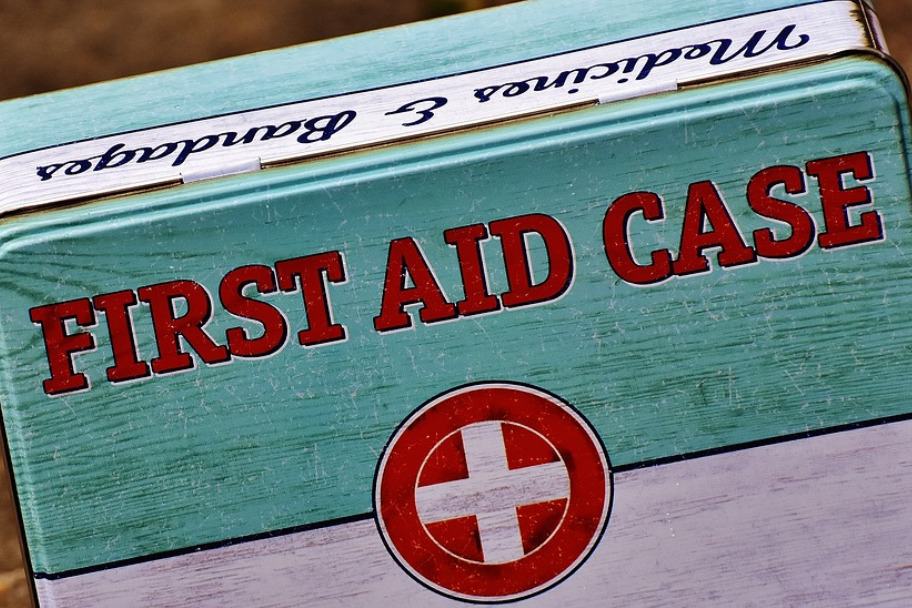
When you are traveling, it is not uncommon to get blisters, small cuts, or other minor injuries. This is especially true if you are going to be participating in any active tours or doing a lot of hiking. It can be a real pain to then have to search for a pharmacy so that you can apply some basic first aid to these minor injuries.
When I travel, I like to carry a small first aid kit with me. It is a very easy way to be prepared when traveling. If you are planning on putting together a first-aid kit of your own, I would suggest including the following items in your kit:
- Band-aids (include a variety of different sizes)
- Blister Pads (to cover and heal blisters)
- Cold Medication (both daytime and nighttime)
- Airborne (or other immune boosters to prevent illness)
- Antibiotic cream (to apply to small cuts and abrasions)
- Cortisone Anti-Itch Cream (for skin irritations)
- Ibuprofen and\or Tylenol (Ibuprofen for swelling and Tylenol for fevers)
- Allergy Medication
- Dramamine (if you are going to be on a boat or taking long car rides)
- Emergency Eyeglass Repair Kit (for eyeglass repair)
- Lost Filling Loose Cap Repair Kit (for minor dental issues)
- Sunscreen
- Travel Bug Spray
Learn Key Phrases in the Local Language
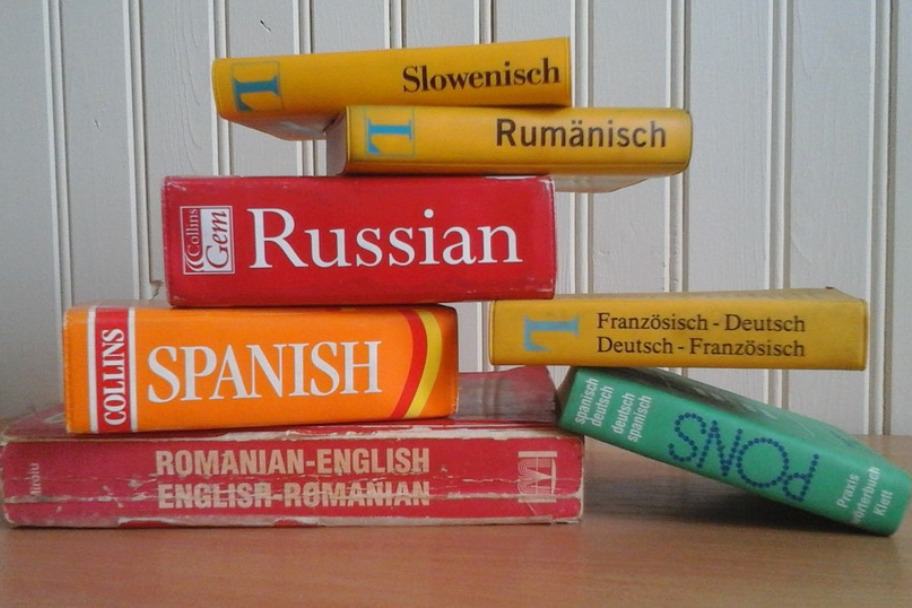
It would be ideal if we could all learn the fluently speak the native language of every country that we visit, but that is understandably unrealistic. I don’t think anyone realistically expects that every tourist who visits their country will be fluent in their language. However, it is good to know some of the most used phrases to assist you in communicating and getting around when you travel. This can go a long when in helping you be prepared when traveling. Some of the most common words and phrases that I would consider learning are the following:
- Hello and Goodbye
- Please and Thank You
- Excuse me and I am Sorry
- Where is the bathroom?
- I would like [insert thing]
- How much does it cost?
- Can I pay with a credit card?
- Where is the exit?
- I need help
- I don’t speak [insert language]
- How long will it take?
- How do you get to [insert place]
- Where is [insert place or thing]
- Can I get the check, please
- I am allergic to [insert thing]
- Is the tip included?
- Where is the closest ATM?
- Do you speak English?
Bring Power Adapters and a Portable Charger
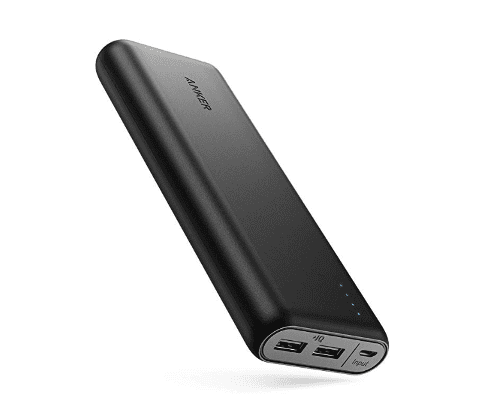
There are few things more frustrating and annoying than running out of cell phone battery when you are out and about when traveling. Even worse, not being able to recharge your cell phone battery because you don’t have a foreign power adapter. When I travel, I always make sure I carry two sets of foreign power adapters and a portable charger with me. That way, if one of my foreign power adapters goes bad, I have a backup to use. With the portable charger, I never have to worry about my cell phone running out of battery power when I am out on a long excursion or unable to find a place to recharge my battery at night.
Universal International Power Adapter
Research the Customs and Laws of Your Destination
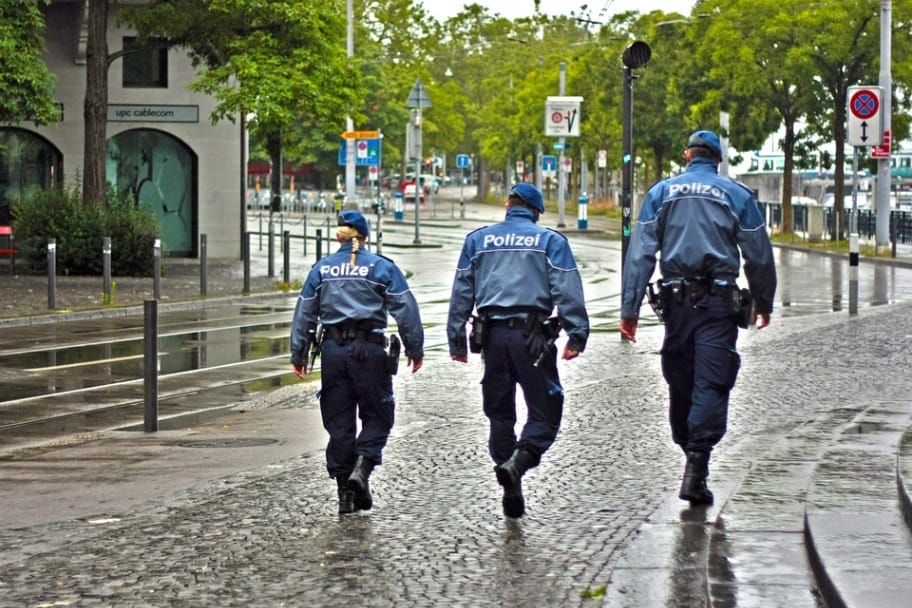
Nothing (and I mean nothing) is worse than running into an issue with the law when you are traveling. Your mistake doesn’t even have to be intentional or malicious to become a big issue. A few years ago I was traveling in Europe and I had a small Swiss Army Knife with me that I carry when I travel. I had thought ahead and had the knife in my checked luggage (as I do when I am flying in the United States). However, what I didn’t know is that this particular knife (which happens to have a locking blade) was illegal in Belgium.
You can understand my shock and fear when I was approached about the knife in my bag by airport security. Luckily, all that happened to me was that I lost the knife after explaining that I didn’t know that it was prohibited. If I had encountered a less understanding airport security officer, the outcome of my situation could have been much worse.
This is why it is critically important that you fully understand both the laws and the customs in the countries you will be visiting. What might be commonplace or acceptable back home may be taboo or prohibited where you are traveling. Not only is it smart because it will keep you out of trouble, but it is also respectful to the people of the countries you will be visiting.
The best resource to use to understand the laws and customs of the countries you are visiting is the state department of your home country. If you are a US citizen, I would start your research with the US State Department website. They have a wealth of information on each country that you can use as a reference.
Carry a Flashlight or Headlamp
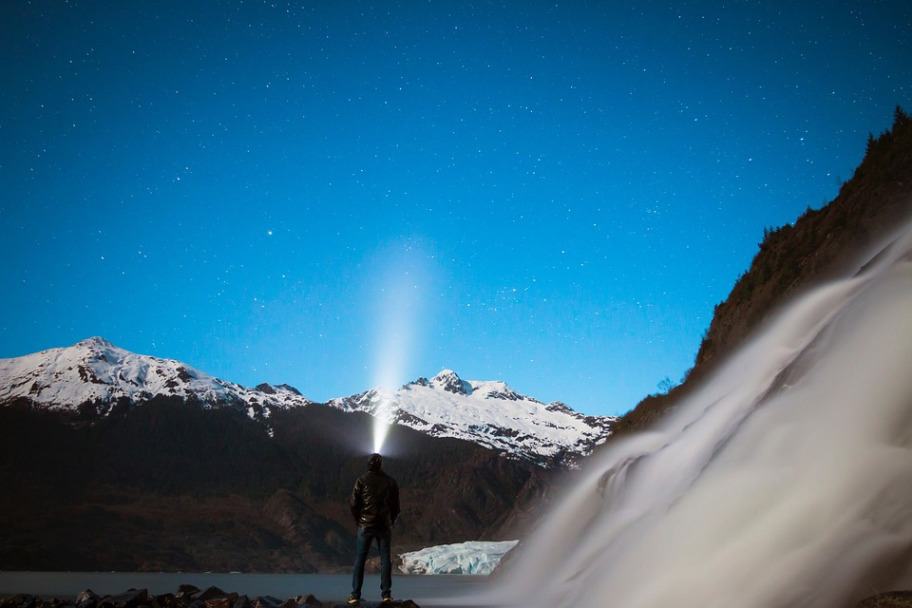
We have likely all run into situations when traveling where the lights have either gone out or we are out late at night and our ability to see has been limited. For these reasons, I would recommend packing a small travel flashlight or headlamp with you when you travel. When looking for a flashlight or headlamp, make sure the batteries that are used are compliant to be carried in carry-on or checked luggage.
Pack a Rain Poncho or Umbrella

Being caught out in the rain unprepared when traveling can be a miserable experience. It can be cold, and uncomfortable, and can even ruin some of your possessions. When you are packing for your travels, I would suggest that you pack a small umbrella or rain poncho that can be easily carried around with you. A rain jacket works well too, but then you have to worry about carrying it around with you. Typically, a small umbrella or rain poncho is much easier to carry around with you while you are out and about.
Bring Extra Camera Batteries
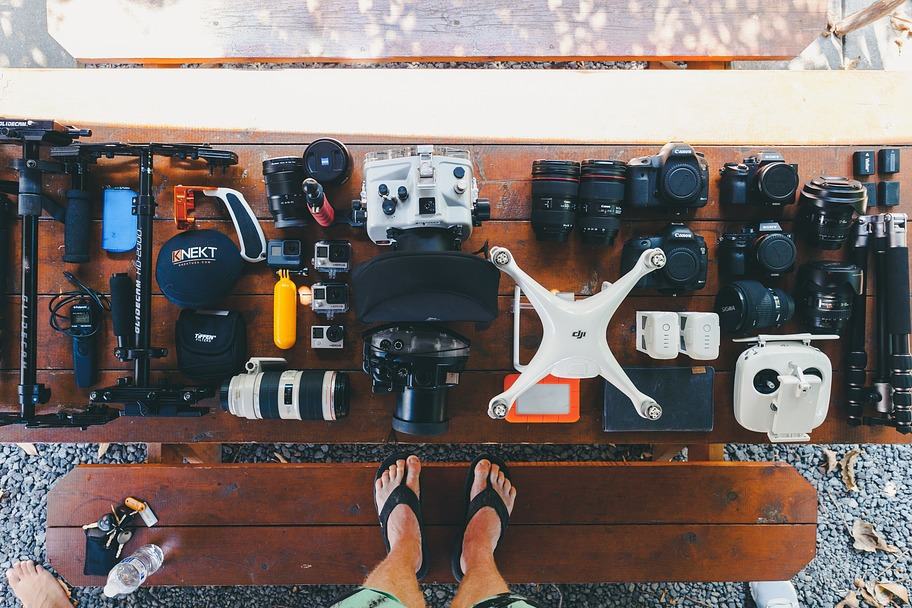
Few things are more frustrating for a travel photographer than running out of battery power while they are traveling. You could visit an amazing temple, find a beautiful landscape that you want to photograph, or just want to take a selfie to document your travels, but you can’t because your camera battery is dead. The best way to prevent this from happening to you when you travel is to pack extra camera batteries.
I know what you are probably thinking – that this won’t happen to you because you will charge your camera battery each night. Believe me, this approach doesn’t always work. Not only is it not unheard of to go through all of the battery in your camera during the day, especially in cold temperatures, but things happen and sometimes it is hard to get your battery charged at night. There may be a limited number of outlets to use, and the camera battery doesn’t get priority, you might run into unreliable power grids or a myriad of other factors that will leave you wishing you had a backup battery or two.
Don’t Forget to Subscribe to My Adventures!
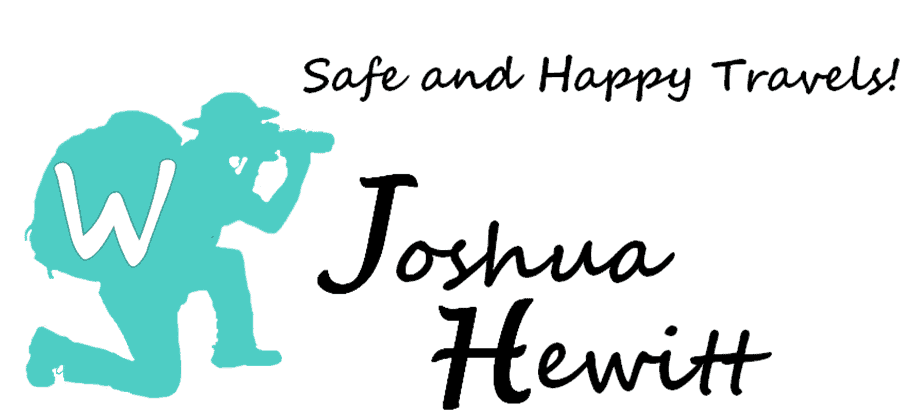
Let Me Help You Save On Your Next Adventure!
‘Start Exploring Today’ Merchandise Available Now!




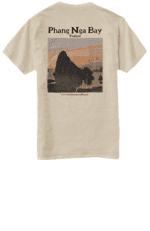







Great list and wonderful post. Do you really carry all the camera equipment in that last photo? On second thought, probably not… some of the pieces look identical. Still, I’ll bet you carry a lot! 🙂
Thank you so much!! I don’t carry nearly that much. Though I am crazy and do probably carry more than I need. Depends on the trip, but usually two cameras, tripod, batteries, 2-3 lenses, lens hoods and filters, and two battery grips. And two GoPro cameras and accessories. I know, I’m crazy 😀
You are to cameras what the husband is to bicycles. (As you said, crazy. 😉 )
hahaha… guilty as charged 😀👍
Wonderful! I’m planning on travelling to a completely foreign place soon, and this was really helpful. I’ve made my notes! Thank you!
Awesome!! I am so glad you found this helpful! 😀👍